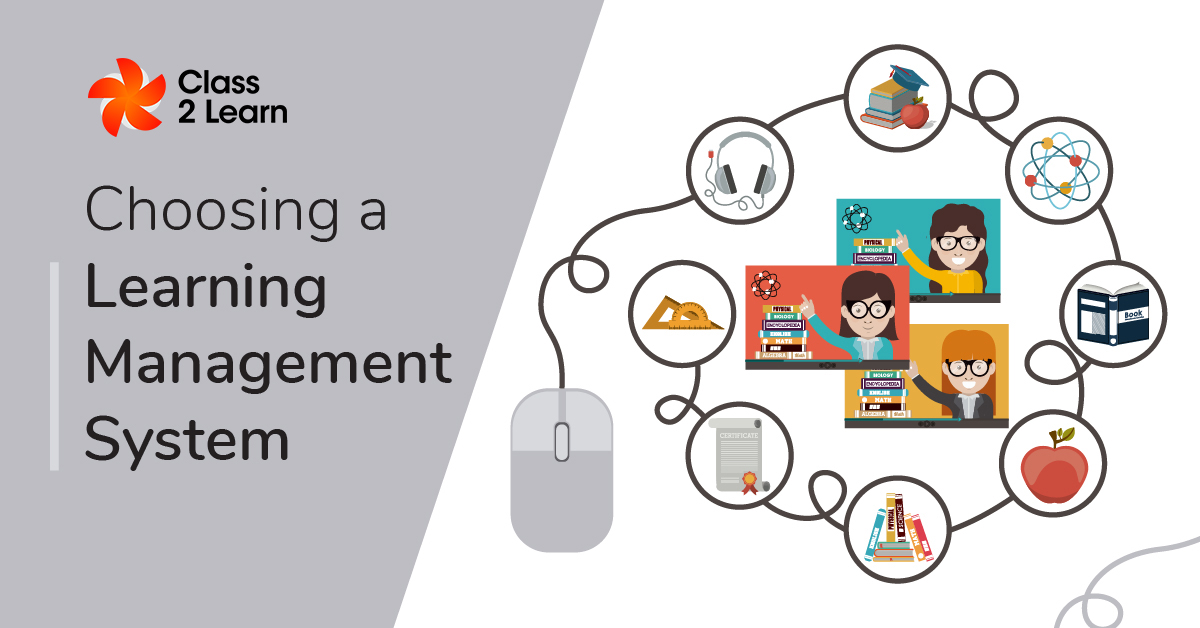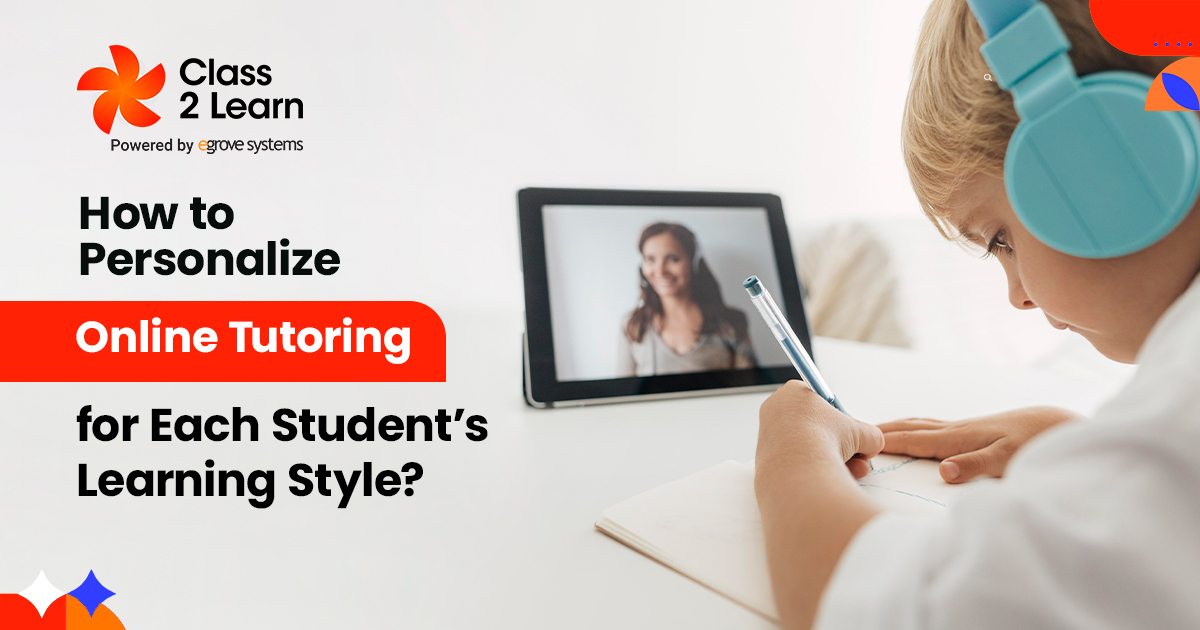Learning Management Systems are becoming an integral part of K-12 learning, higher education, self-driven education, and corporate instruction. With the rise of distance learning, these systems are becoming the core of the learning experience for many students. It’s essential to choose the learning management system with the right features and conveniences for your needs, or else users will struggle to adopt and utilize it to its full potential.
Easy to Learn:
A common flaw of LMSs is that they make it complicated for instructors and students to use effectively. Students may be unfamiliar with technology, so the LMS should have a simple user interface where all major functions are accessible with one click from a dashboard screen.
Students should be able to figure out where to get their assignments and view lessons. Sign-up and signing in should also be easy, so users can easily access their courses.
Instructors and administrators should also be able to use the LMS easily. Keep in mind that even if they will get more training in the system than students, their main area of expertise is education, not technology. They should be able to learn how to use all of its features quickly so new instructors and administrators can be brought on board and offer support to their students and one another.
Read More: 12 Top Uses for a Learning Management System
Good User Experience:
Learning management systems need to have a great user experience so users can complete their coursework and learn effectively. They should load quickly, have a simple interface for uploading coursework and communicating with instructors, and not have bugs and errors during normal operation.
Downtime due to server maintenance or other situations where users cannot access their accounts is unacceptable since students need to complete assignments on limited timespans. Accessibility from different devices from desktops and laptops to tablets and smartphones is also vital.
Ease of Integration and Importation:
Content used in courses won’t all be created within the LMS, so instructors must be able to import materials from other platforms to build their courses. Integration with other apps such as Google Drive, open education resources, or your classroom management software is another way for instructors to bring in teaching material. Integration with other apps guarantees that the LMS will incorporate all course activities, and instructors will never have to assign students to use outside tools that aren’t integrated with it. Without the ability to easily import resources from elsewhere and integrate them with common educational tools, an LMS can’t claim to be a comprehensive teaching solution.
Correct Cost and Pricing Structure:
The right pricing structure of your LMS can vary on an institution’s budget and needs. LMS providers may charge a monthly or annual subscription for usage or a one-time fee for a perpetual license. The license may cost more based on the number of users in your institution, so they may be more cost-efficient for a larger organization. An LMS that provides its learning courses or modules rather than letting instructors create their own will charge per course instead. The price may be based on a quote that’s negotiated between the LMS provider and the educational institution.
Some LMSs are free due to being open-source projects like Moodle or available to qualified educational systems like Google Classroom. These are ideal LMSs for those without resources to spend on costly systems. However, they may not have the right features and scalability for your needs. An open-source solution may require in-house support to customize, leading to hidden costs.
Future Support:
As the number of students and courses change, internal priorities move, new features are required, and other scenarios arise, a learning management system should be adaptive to your future demands. Long-term reliance on an LMS is critical since switching systems generates confusion for students and teachers. Finding a provider adaptable to your future ideas and providing customer and technical support will help you stay with the provider for longer time without having to switch to receive a specific critical feature.





Add comment